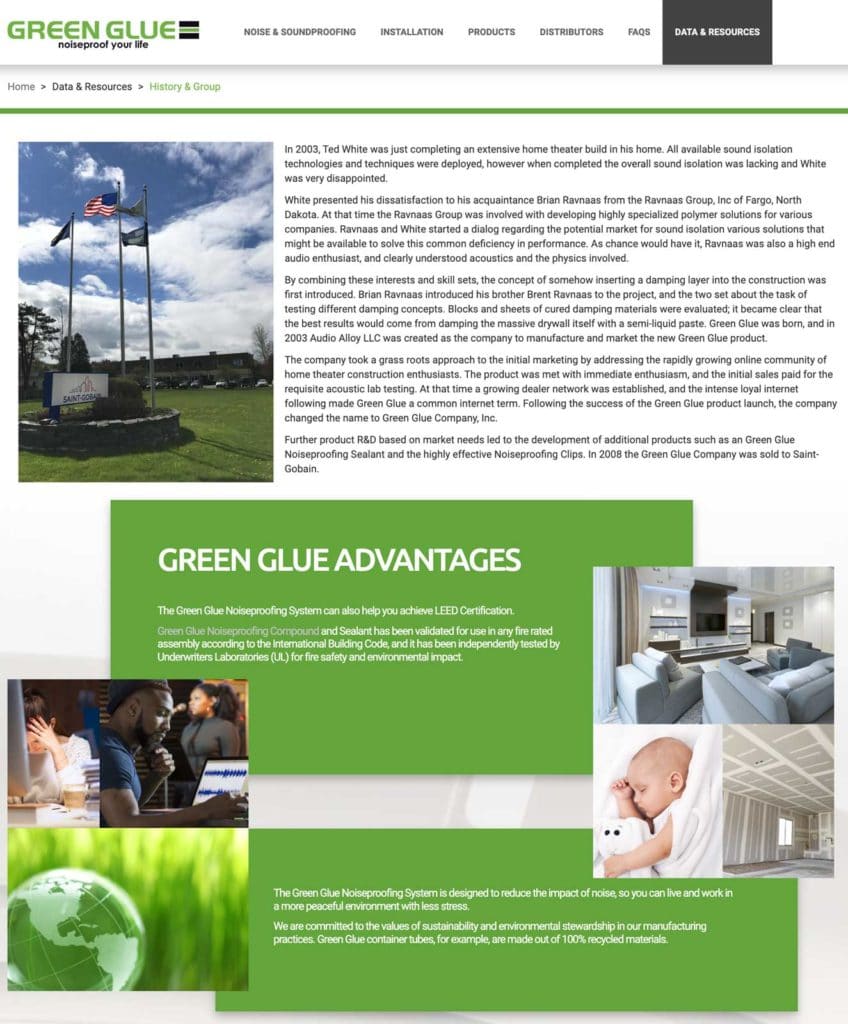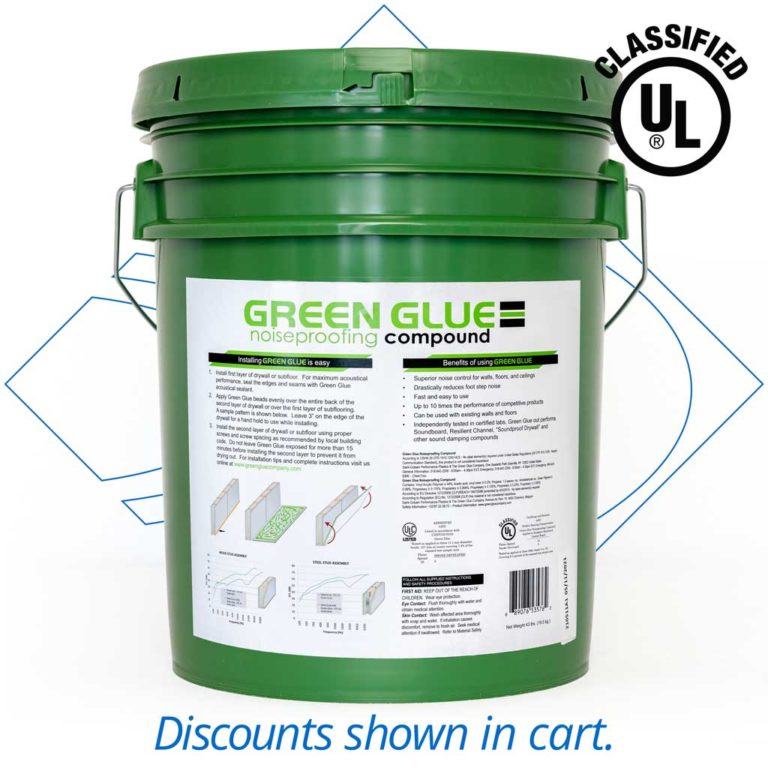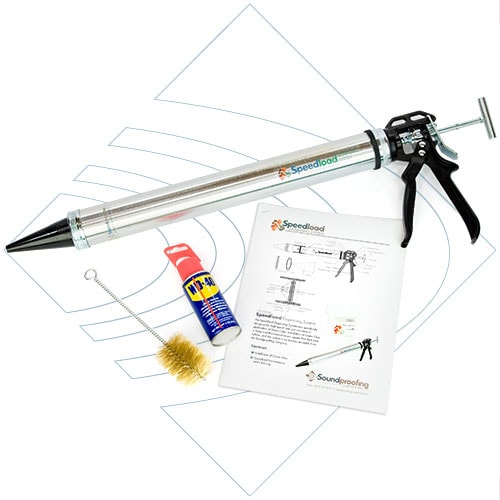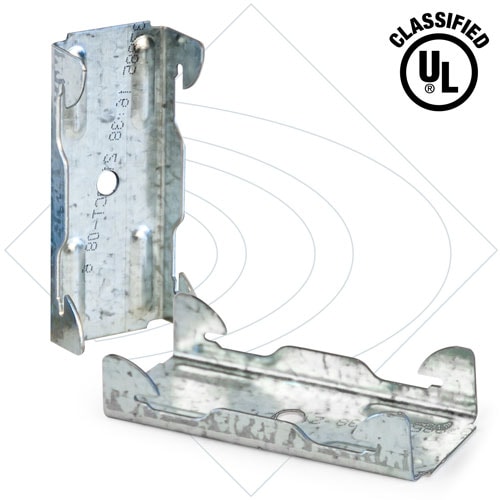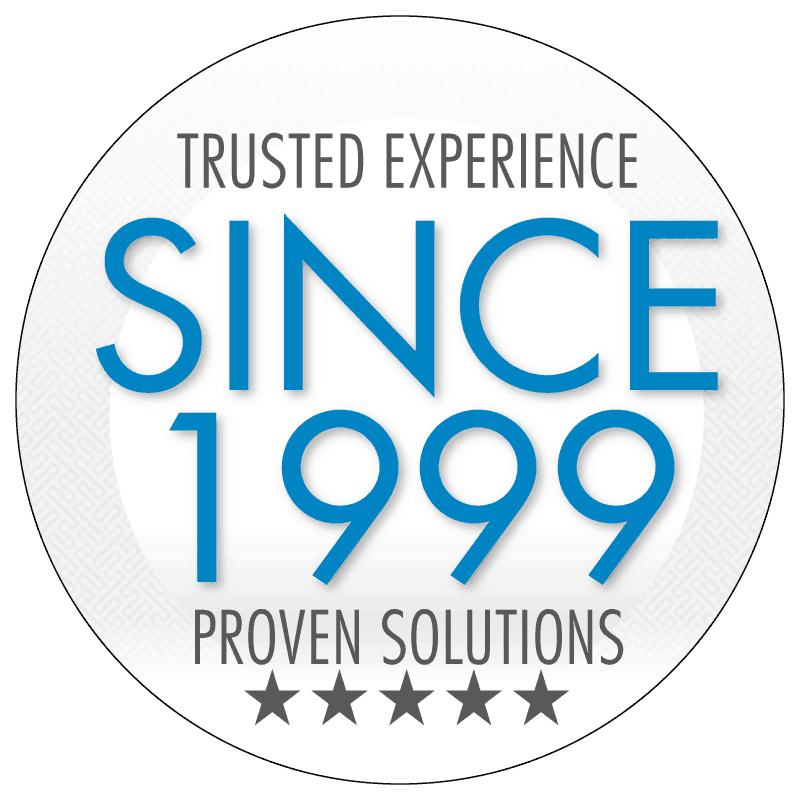Green Glue History, in the beginning
In 1999 Ted White was interested in a Home Theater for himself. Home Theaters were just becoming very popular around that time. They were no longer just for billionaire movie directors and actors. Now we had DVD and HTPC's to scale giant analog CRT's to1080p. The big screen could finally look great. White started reading up on the topic of Home Theater construction on various online forums. Before long he was selling sundry soundproofing materials for home theater construction.
Unfortunately, materials and techniques were very limited back then, and White went with what most others did. They built rooms with extra drywall and crossed fingers. Jammed insulation in super dense and tight. That felt satisfying, but as we know now, these were just improper techniques. Subwoofers in the theater sounded fantastic, however they also sounded fantastic all over the house. Low Frequency sound isolation was very limited with the available methods and materials, and of course Low Frequencies also the most powerful and annoying. Spouses came downstairs and demanded the volume be turned down. Couldn't even use the subs. So theater enthusiasts commiserated together on the online forums.
Due to his disappointment, at some point White took this Low Frequency isolation problem to a specialty polymer development group, hoping that something could be done to isolate Low Frequency bass better than simple double drywall as he had done. This polymer group completely developed and then bench tested the performance of a completely new and advanced Visco-Elastic Damping Compound. This is the damping compound that would ultimately be called Green Glue that everyone all over the world knows today.
GREEN GLUE ADVANTAGES
The Green Glue Noiseproofing System can also help you achieve LEED Certification.
Green Glue Noiseproofing Compound and Sealant have been validated for use in any fire-rated assembly according to the International Building Code, and it has been independently tested by Underwriters Laboratories (UL) for fire safety and environmental impact.
The Green Glue Noiseproofing reduces the impact of noise, so you can live and work in a more peaceful environment with less stress.
We are committed to the values of sustainability and environmental stewardship in our manufacturing practices. Green Glue Noiseproofing Compound containers, for example, are made out of 100% recycled materials.

